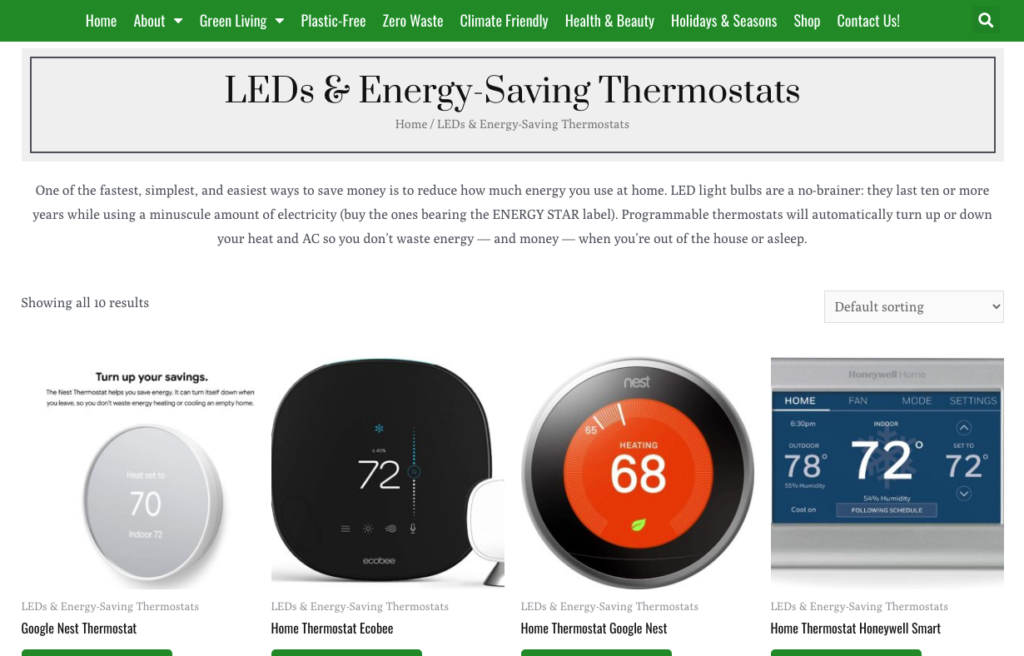
The big to-do about the new Inflation Reduction Act boils down to this:
Gas out, electricity in.
That’s because replacing both natural gas and gasoline with electricity generated by clean renewable energy will significantly and quickly reduce carbon emissions and improve air quality. Residential home energy use is the third largest consumer of energy in the US, while gasoline-powered vehicles are the largest single source of greenhouse gas emissions overall. Most of us know that and want to do more to use less gas. But the cost of switching from gas to electricity has kept a lot of us from doing so. That’s why the Inflation Reduction Act is such a game changer. By offering a wide variety of financial incentives, it will help millions of people like us cover at least part of the cost of transitioning from gas to electricity.
EDF has put together this excellent guide that explains how the Act reduces the cost of switching specific appliances, like water heaters, stoves, solar panels, and even electric vehicles. But getting started with it all can still be a bit overwhelming. Here’s what I’m doing to make sense of it that may help you do the same.
First, understand the difference between tax credits and rebates, the two primary ways the bill helps you cover your costs.
Tax credits reduce your total tax payment when you file your taxes. For example, say you owe $200 in taxes. If buying a new electric appliance garners you a $100 tax credit, you could apply that to your tax bill and then only pay $100 in taxes. The more taxes you pay, the more tax credits help you cut them. Just be aware that if your tax credits exceed the taxes you owe, you will not get a refund based on the excess credits.
Rebates are paid to a taxpayer regardless of taxes owed. In fact, rebates have no impact on taxes whatsoever. Instead, they offset the purchase price of an item when you buy it. For example, my electric utility offers rebates to encourage people to buy more efficient electric refrigerators. When I bought one and sent them proof of my purchase, they sent me a check for $150 (plus $50 to recycle the old appliance). The rebate neither lowered nor increased my taxes, but it did offset the actual cost of my fridge. You claim rebates when you make the purchase, not when you file your taxes. Rebates are not taxable income.
Whether your family’s purchases qualify for rebates or tax credits, how should you prioritize your shifts, especially if you have a lot of appliances to convert?
Start with actions that will reduce how much energy your home uses overall. The act provides up to a $150 rebate to help homeowners pay for an energy audit that will tell them two things: where energy is being lost and what’s needed to stop it. When I had my audit done, I discovered that my leaky attic was the reason why my winter heating bills were so high. The audit prescribed exactly how much insulation I needed to add to make a difference.

Next, make a list of your own gas-to-electricity priorities. Is your gas furnace on its last leg? Do you need a new water heater? Is your clothes dryer kaput? If you must replace those appliances anyway, make them the priority.
Meanwhile, learn about highly efficient heat pump technology. I knew that electric heat pumps could replace gas-burning furnaces, but I didn’t realize that heat pumps for clothes dryers, water heaters, and conventional air conditioners—which use five times more energy than a heat pump—even existed, let alone qualify for various rebates.
Before you buy, ask an electrician whether you need to upgrade your electrical panel. An electrician recently gave me an estimate to replace my gas stove with an induction cooktop and electric oven. He said my panel was fine, but that he’d need to install a new 240 volt outlet to replace the existing 120 volt outlet the old stove used. Know what your new appliance will need in order to make the best choice. This guide from Consumer Reports might help you weigh your options if you want to buy a new electric range.
Set up a timeline. You don’t need to switch out every appliance at once, so you could set up a timeline based on your priorities and your budget. If your goal is to electrify your entire household, it might take a couple of years. Don’t worry. The act is in force until 2032.
This simple calculator from Rewiring America will help estimate how much money you could get using the incentives available in the Inflation Reduction Act. The rebates and tax credits won’t cover the entire cost of what you buy. However, the remaining expense will be offset annually through energy savings over time.
Rewiring America estimates that “households that get heat pumps for space and water heating, an EV, and put solar on their roof stand to save $1,800 per year on energy bills.”
All of these savings can potentially help your family for years to come.
Look for future posts on specific areas, like heating and appliance replacement, so you can take full advantage of the Act.
NOTE: This post was originally written for Moms Clean Air Force, a powerful organization mobilizing moms to protect their families and the environment.

















